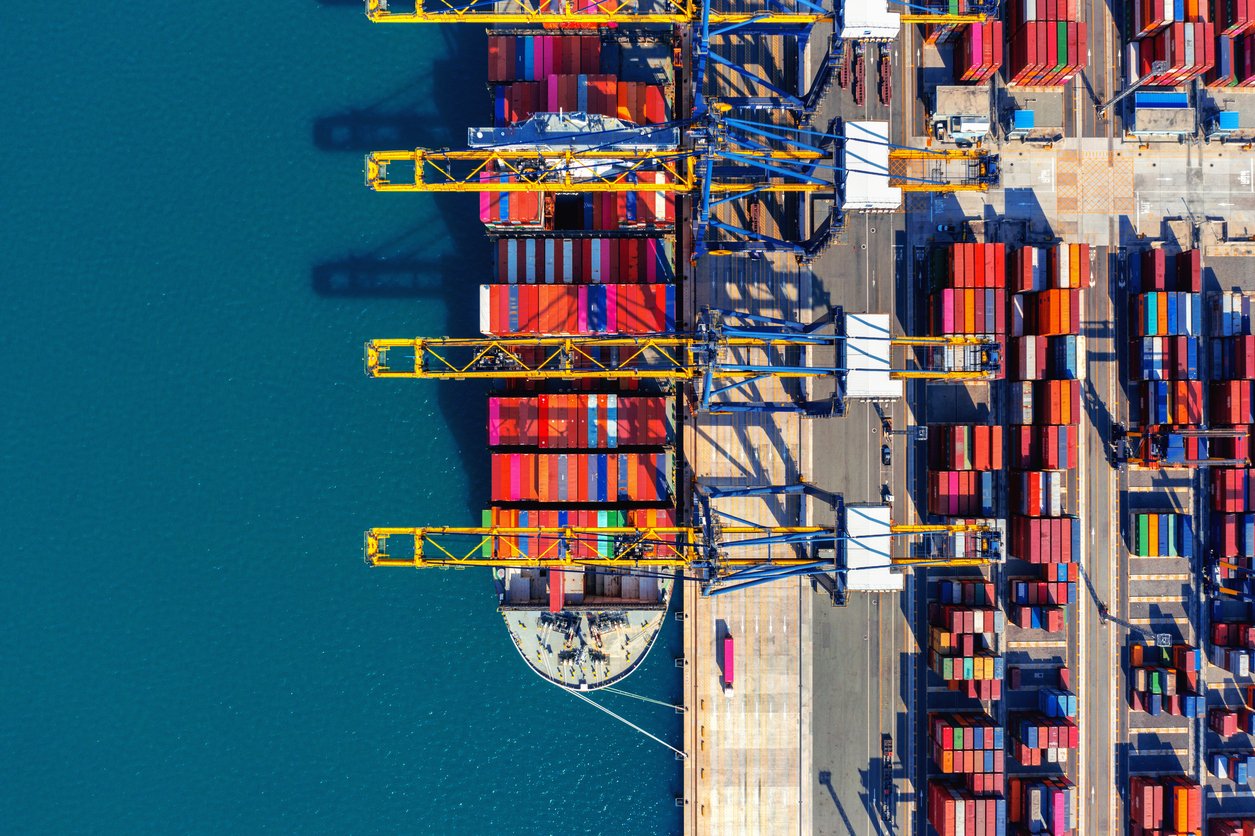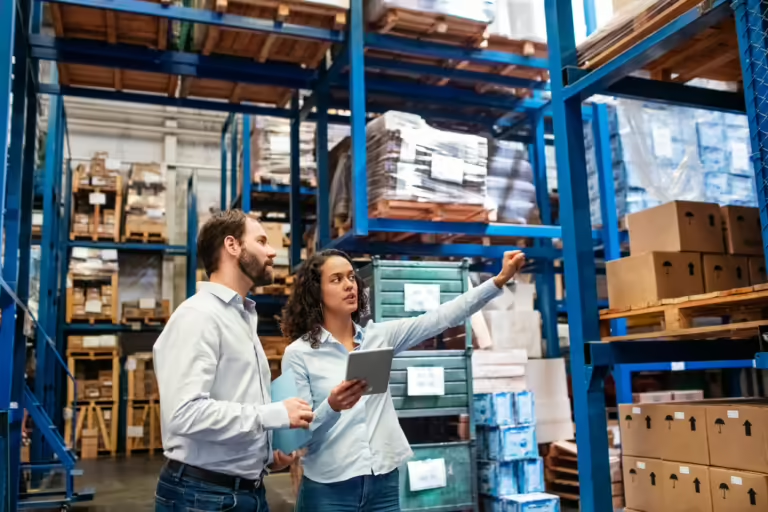
In the realm of international shipping, selecting the appropriate container for your cargo is crucial for cost-efficiency, safety, and compliance. Each type of cargo requires a specific container solution to ensure it arrives at its destination in optimal condition. From shipping less than container load (LCL) to handling oversized cargo, the choice of container can significantly impact the success of your shipment. Allison Shipping is here to guide you through the various container options available, helping you make the best decision for your shipping needs.
Understanding International Shipping Container Types
The selection of the right container can greatly influence the efficiency and safety of your cargo transport:
- Standard Containers: These are the most widely used containers in global trade, available primarily in 20-foot and 40-foot sizes. They are designed for general cargo such as electronics, manufactured items, and non-perishable commodities. Their robust, enclosed structure protects the contents from weather and theft, making them ideal for most dry goods. For businesses needing a reliable, versatile shipping solution, standard containers offer an excellent balance of cost-efficiency and protection.
- High Cube Containers: Rising a foot higher than standard containers, high cube containers are an excellent choice for transporting large-sized items that require more vertical space. These containers facilitate the shipping of large objects like machinery, automotive parts, and construction materials, providing the additional volume needed without compromising the security of the goods.
- Refrigerated Containers (Reefers): Specialized for temperature-sensitive shipments, reefers are essential in the food, floral, and pharmaceutical industries. These containers come fitted with refrigeration units capable of maintaining internal temperatures from below freezing to controlled warmer temperatures, depending on the product’s requirements. This capability ensures that perishable goods remain fresh and intact over long distances.
- Flat Rack Containers: For cargo that are too heavy, too wide, or too high for standard containers, flat rack containers offer an adaptable shipping solution. These containers have collapsible sides that can be flattened to create a flatbed that accommodates oversized loads such as heavy machinery, large vehicles, or bulky construction equipment. Flat racks are particularly useful for their load flexibility and ease of access during loading and unloading operations.
- Open Top Containers: Designed for tall or heavy goods that cannot be easily loaded through standard container doors, open top containers feature a convertible top that can be removed to allow for top-loading via crane. This feature is particularly beneficial for industries dealing with heavy commodities like steel beams, machinery, and tall equipment, providing the necessary accessibility and handling efficiency.
Tailoring Shipping Solutions: LCL, Breakbulk, and RoRo Explained
Navigating the complexities of international shipping requires understanding the various methods available for transporting your cargo efficiently. At Allison Shipping, we specialize in options that cater to diverse cargo sizes and requirements, including shipping less than container load (LCL), handling oversized cargo, and utilizing roll on roll off (RoRo) systems.
Less Than Container Load (LCL): Maximizing Efficiency for Smaller Shipments
LCL freight shipping is an ideal solution for businesses that do not require the space of a full container. This method is not only cost-effective but also environmentally friendly, as it maximizes the utility of available space by consolidating shipments from multiple customers. By choosing LCL, you benefit from flexible shipping schedules and reduced costs without compromising the security of your goods. This option is perfect for small to medium-sized enterprises looking to optimize their international shipping strategies.
Breakbulk Cargo: Custom Solutions for Non-Containerized Loads
For oversized cargo that cannot be accommodated by standard containers, breakbulk cargo shipping offers a practical alternative. This method involves the individual stowage of large items such as heavy machinery, turbines, and industrial equipment directly onto the ship. Breakbulk cargo requires careful handling and strategic stowing to ensure safety and integrity during transit. At Allison Shipping, our expertise in shipping oversized cargo guarantees that even the most challenging loads reach their destination securely.
Roll On Roll Off (RoRo) Cargo: Efficient Transport for Wheeled and Heavy Machinery
RoRo shipping is an efficient and safe method for transporting vehicles and heavy machinery that are on wheels. This technique allows for cargo to be driven directly on and off the vessel, minimizing handling risks and reducing loading and unloading times. It is an excellent choice for shipping large vehicles, construction equipment, and other mobile heavy goods. With RoRo, the risk of damage is significantly lower, making it a preferred option for manufacturers and industrial shippers worldwide.
Optimizing Less Than Container Load (LCL) Shipments
LCL shipping is an economical choice for businesses that do not have enough cargo to fill a full container. This method involves consolidating your cargo with that of other shippers in a single container. Proper planning and coordination are essential in LCL shipping to ensure that all items are compatible and adequately secured to prevent damage. This type of shipping is not only cost-effective but also environmentally beneficial by maximizing the utility of container space.
Handling Oversized and Heavy Cargo
For oversized and heavy cargo, traditional containers may not suffice, necessitating specialized shipping methods:
- Breakbulk Cargo: Large, heavy items that do not fit into containers are shipped as breakbulk cargo. This method involves loading each piece individually onto a vessel. Common breakbulk cargos include big machinery, turbines, and manufacturing equipment, which require careful handling and strategic stowing to ensure safety during transit.
- Roll On Roll Off (RoRo) Cargo: Vehicles and equipment that are on wheels, such as cars, buses, semi-trailer trucks, and tractors, benefit from RoRo shipping. These items are driven directly on and off the ship via built-in ramps, reducing the need for cranes and minimizing handling risks, thereby preserving the condition of the cargo.
Selecting the Right Container for Full Container Load (FCL) Shipments
Choosing full container load shipping offers several advantages, particularly for large shipments. When cargo fills an entire container, it remains sealed from loading at the origin to unloading at the destination, which greatly reduces the risk of theft or damage. FCL is also often faster than LCL, as it does not require de-consolidation and sorting upon arrival. This shipping mode is particularly beneficial for valuable, fragile, or high-risk cargo.
Choosing the right shipping container is a critical decision in the process of international shipping. It demands a comprehensive grasp of the various types of containers available and an assessment of your cargo’s specific needs. Whether dealing with LCL, FCL, or specialized cargo, making the correct selection can result in substantial savings and improved logistics efficiency. At Allison Shipping, we provide expert guidance and services to ensure that your cargo is matched with the ideal container solution, facilitating a smooth and successful shipping experience. For more information on how to optimize your shipping strategy, visit our website or contact our team of experts today. Contact Us to find out more on how we can streamline your international shipments.
Interested in shipping your freight internationally? Get Pricing on your next shipment today.

